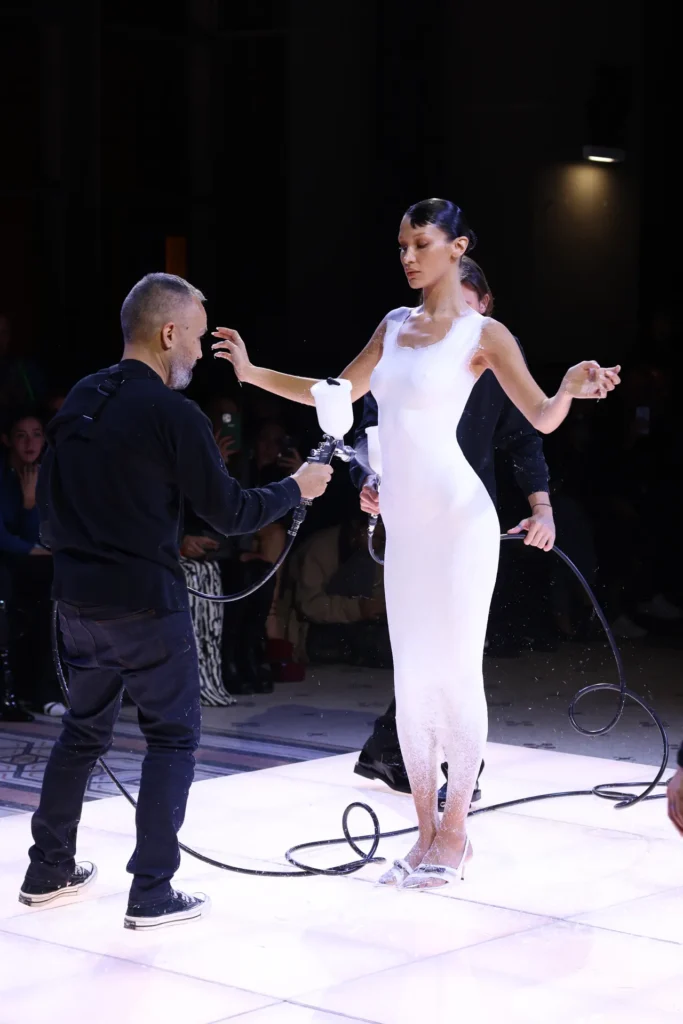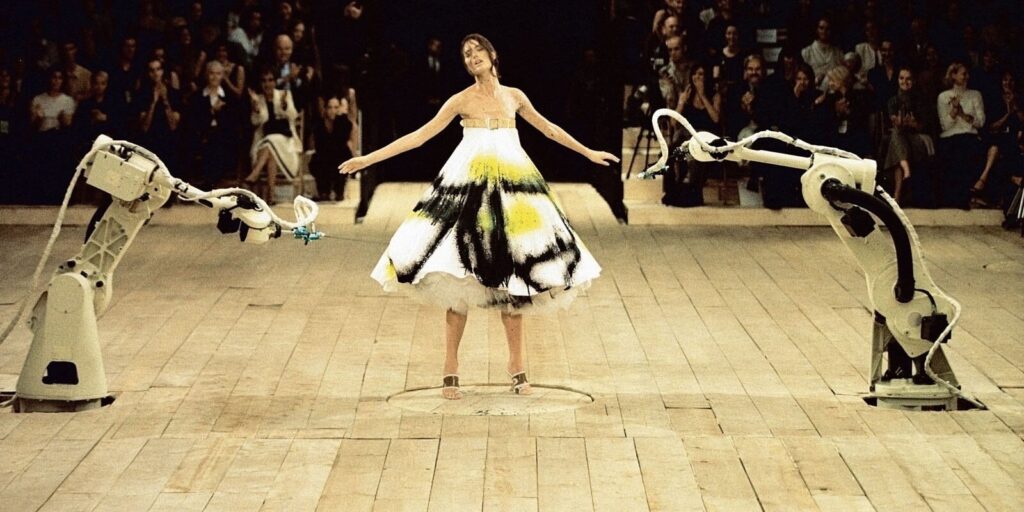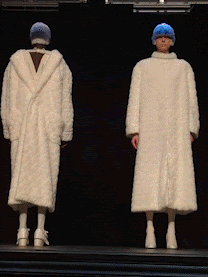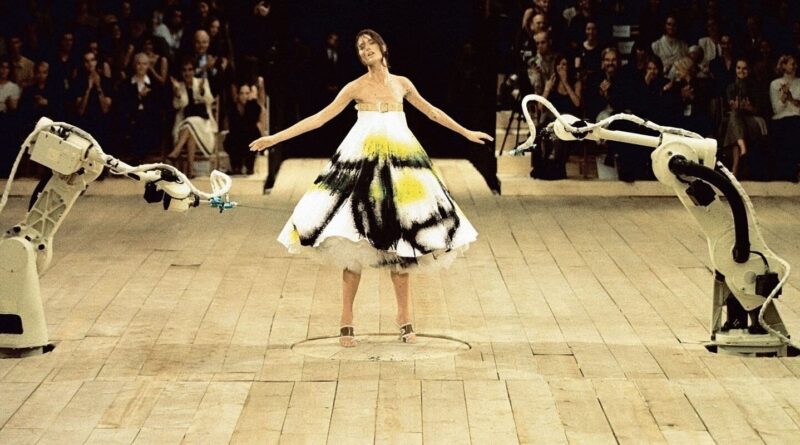Innovation in Fashion
Have you ever wondered what it would be like to have a dress sprayed-onto you (and yes, one you can actually wear)? Or worn a piece of clothing that changes its colour based on the lighting? In recent years, we have seen a complete transformation in the kind of innovations used in fashion. From colour-changing outfits to robots on the runway, we have seen designers going beyond with creativity and a dramatic shift on runways.

Whether you are interested in fashion or not, you might have come across the most viral fashion moment from last year while scrolling online. Ladies and gentlemen, presenting The Coperni Spray-on dress moment. A dress was sprayed onto a model live at the fashion show. The Internet was shocked to see the liquid transform into a wearable fabric within seconds. Although the fashion brand was not well-known before this, its creativity for the dress got everyone talking about it. Before we knew it, Coperni’s sales began to climb up. In the 48 hours following the show, the media impact value of the moment was measured at $26.3 million, including $20.9 million on social media.
This viral moment had sort of set a benchmark and the brand had to continue to keep up with it. In line with this, Coperni has continued to embrace technology by introducing 5 robots in one of its shows. These dog-like, yellow machines walked harmoniously alongside models, helped unveil a piece of clothing on a model by helping her take off the covering. Interestingly, one of these creatures clutched a model’s bag until she returned and took it back.

While the recent use of technology has received huge public magnetism, thanks to social media, this has not been new to fashion shows. In the world of televisions, we saw Alexander McQueen implement an innovation in his Spring Summer ‘99 show. At the event, Shalom Harlow stood in the centre of the runway while two machines were stationed near her. The machines suddenly sprung into life. The audience let out a collective gasp as it saw the machines suddenly spray paint yellow and black on her squeaky-clean white dress. McQueen had stated that this show was inspired by the artist Rebecca Horn’s piece High Moon (1991). Horn’s work has explored how the human body could be “extended, refashioned and altered”. This is reflected in the theme of McQueen’s SS‘99 fashion show.

Some clothes have been designed in a way that technology is intrinsic to them. For instance, the Japanese fashion brand Anrealage’s line at the Paris Fashion Week. In this line, a collection of white clothes changed its colour as the models wearing them walked through UV light. The show suitably had the concept of perception. These are just some of the numerous examples of technology being employed in fashion today and designers embracing it.
Not just clothing, we have seen technology being utilised by beauty brands as well. You might have come across the try-on options while shopping where you can simply check what kind of makeup suits you with the help of a camera. Did you know in the shoe industry, 3D scanners and printers for producing personalised goods already exist. At this point, technology has become almost ubiquitous in fashion.
As we move towards the world of artificial intelligence, it is more likely that we will see technology being used in fashion. Currently AI is being used for the supply chain management, marketing and design part of the fashion industry. This allows companies to better predict fashion trends and design clothes according to customer preferences, making better sales. On one hand, this may seem like a great advantage. On the other hand, it will have its own set of challenges and teething issues. For example, because AI will analyse trends and design clothes according to them, all fashion houses will produce similar products that lack creativity. This would defeat the purpose of fashion itself because it’s all about creating art. This would result in brands ultimately following the path of fast fashion. Moreover, jobs will be lost if fashion houses start to majorly depend on AI.
Lastly, I would like to leave you with an idea. Remember the “Mera Wala Colour” campaign by the Asian Paints which highlighted how personalised a shade of paint could be. Today, a small Asian Paints shop can give the customers the exact shade they’re looking for, without having to worry about storing a gazillion shades of colour. The shop simply needs white to produce a wide range of shades. They just use technology to mix the appropriate CMYK colours to give you the exact shade. What if we extrapolated this to the fashion industry. What if you could get a completely personalised, 3D-printed dress based on your preference? You walk into a store, browse the designs or create your own design, walk into a cubicle that takes your precise body measurement; you print the dress, and walk out with your own personalized clothing. Does this seem too futuristic? Not really. If the shoes can be ‘printed’, why not dresses. They are already being sprayed on, anyways.
Companies are using technology in more and more creative ways to satisfy customers, keep the costs down, and to improve visibility. With advancements in technologies like AI, robotics and 3D printing, it’s just going to get more exciting.
References:


Pingback: Korean ginseng for men
Pingback: how to get cialis
Pingback: 20mg cialis daily
Pingback: buy viagra 25mg online
Pingback: viagra 25 mg uk
Pingback: clomid 50mg tablets
Pingback: rybelsus cost